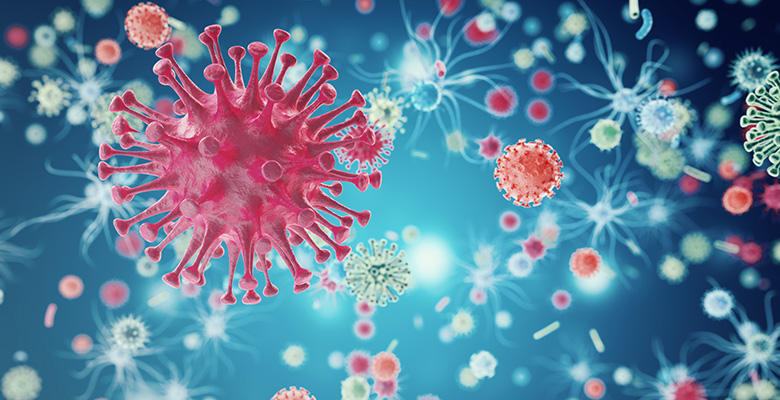How Is PrEP Applied to Prevent HIV?
2 min read
As a relatively new method of preventing HIV infection, pre-exposure prophylaxis (PrEP) medicine has emerged. PrEP medication (in the form of a daily pill) is provided to HIV-negative individuals in order to reduce the chance of infection when exposed to the virus. The U.S. Food and Drug Administration approved the use of PrEP in 2012 as a safe and effective method of HIV prevention.
Why This Matters
If you are infected with HIV, taking the HIV prevention pill, known as PrEP, can keep the virus from making a home in your body and spreading. When a person at risk for HIV infection is taking medication, the drug’s persistent presence in the bloodstream can help them avoid infection. PrEP is a combination of two antiretroviral medications that are typically taken daily and is frequently used in conjunction with other HIV medications.
PrEP can reduce the risk of HIV infection by up to 92% when taken consistently, according to the Centers for Disease Control and Prevention, which you can get by Virtual Order PrEP Medication at your place. For those already infected with HIV, PrEP is not recommended.
How HIV Infects the Human Body
HIV cannot be fought or eliminated by the human body on its own. HIV goes after a specific type of white blood cell in your immune system. In the immune system, white blood cells (sometimes referred to as leukocytes) are responsible for protecting the body against disease and infection.
CD4 cells are a specific type of white blood cell targeted by HIV. Known as T-cells, CD4 cells assist your body’s immune system respond to hazardous invaders by coordinating your body’s response. To aid in the transmission of HIV, the virus “tricks” CD4 cells into providing a safe refuge for the infection. CD4 cells are critical to HIV’s survival and growth. HIV may not have a chance if it doesn’t have the aid of CD4 cells.
Ways in which PrEP Aids in HIV Defense
PrEP protects CD4 cells by fortifying their “walls.” These walls prevent HIV from infecting healthy cells and reproducing. The walls of your body prevent HIV from getting to the CD4 cells if it enters.
After the first dose, the protection with PrEP is thought to begin 7 to 20 days later. You will need to see your doctor on a regular basis to monitor the effectiveness of your PrEP treatment.
Pre-exposure prophylaxis (PrEP) is merely one technique in a larger arsenal of HIV prevention measures. To further reduce your risk, you should use PrEP in conjunction with other methods such as safe sexual behaviours.
PrEP is not for everyone, and it may cause negative effects or even long-term repercussions in some people, just like any other treatment.







